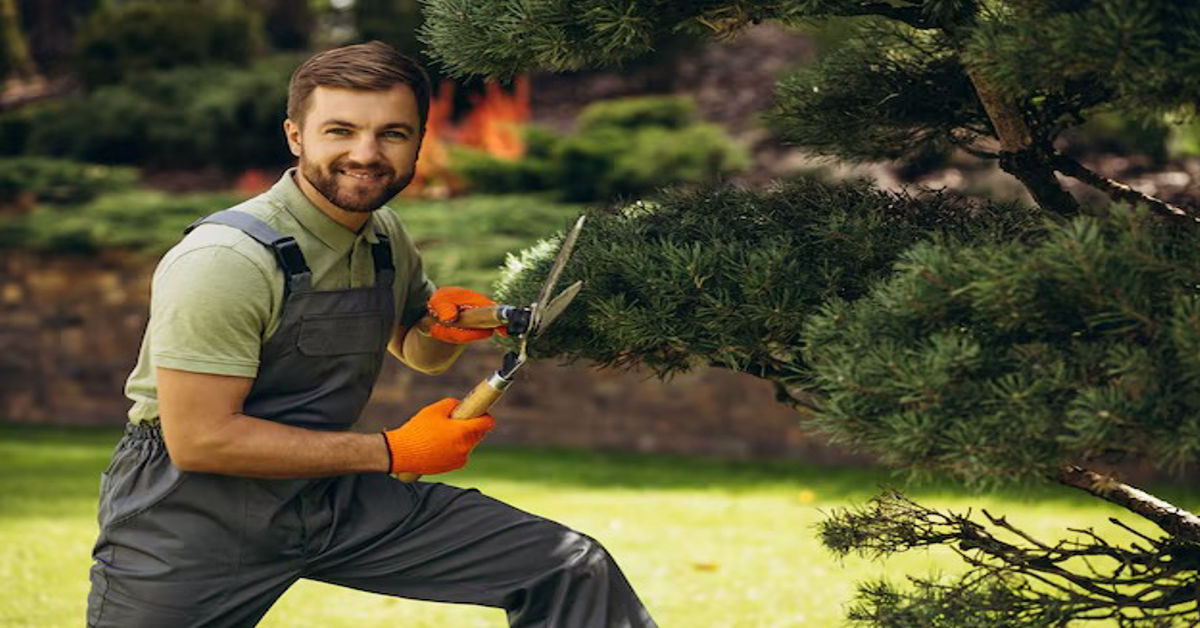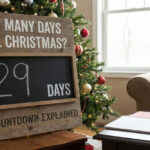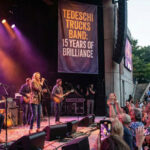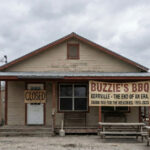Your trees are a vital part of your property’s ecosystem, providing shade, beauty, and a habitat for local wildlife. However, like any living organism, they are susceptible to disease, pests, and environmental stressors. For homeowners in Dallas, where the climate can be harsh and unpredictable, a tree’s health can be compromised without any obvious warning. A seemingly healthy tree on the surface may be suffering from a serious internal issue that could lead to structural Care failure, disease spread, and a dangerous situation for your home and family.
Proactive tree care begins with a homeowner’s ability to recognize the subtle, and not-so-subtle, signs of a tree in distress. Ignoring these red flags can lead to costly and irreparable damage. This guide will provide an expert’s checklist of what to look for, empowering you to identify problems early and understand when to call in a professional for TreeNewal tree care services. By being vigilant and informed, you can protect your trees, preserve your landscape, and ensure the safety of your property.
The Visual Indicators of a Failing Tree
A tree’s health is often reflected in its physical appearance. A careful visual inspection can reveal a great deal about a tree’s internal condition.
Discolored or Sparse Foliage: A vibrant, full canopy of green leaves is a sign of a healthy tree. If you notice the leaves are discolored, stunted, or falling off out of season, it may indicate a nutrient deficiency, a root problem, or a disease. A thinning canopy, particularly on one side, is another strong indicator that the tree is struggling to sustain itself.
Peeling or Cracking Bark: The bark of a tree is its skin, and changes in its appearance can be a sign of trouble. While some bark peeling is natural for certain species, excessive peeling, large cracks, or the presence of cankers (sunken, discolored patches) often points to a fungal infection or a pest infestation.
Fungus and Conks on the Trunk: The presence of mushrooms, conks (a type of shelf fungus), or other fungal growths on the trunk or at the base of the tree is a major red flag. Fungi are nature’s decomposers, and their presence indicates that the wood inside the tree is rotting. This is a severe problem that can severely compromise the tree’s structural integrity, making it a high risk for failure.
Stunted Growth or Dead Branches: A tree’s growth rate is a good indicator of its health. If a tree seems to be growing much slower than others of its species, it may be struggling to get the water and nutrients it needs. The presence of numerous dead branches, especially in the canopy, signals that the tree is not able to sustain itself.
According to a study by the International Society of Arboriculture (ISA), most hazardous trees have easily identifiable signs of decay, damage, or structural weakness that could have been spotted with a professional inspection. This highlights the importance of a proactive approach to tree health.
Structural and Environmental Signs of Distress
Beyond the visible appearance of the tree itself, a professional arborist will also assess a tree’s structural stability and the environmental factors that may be contributing to its decline.
Leaning or Tilting: While some trees naturally grow at an angle, a sudden or pronounced lean may indicate a problem with the root system. A noticeable tilt, particularly after a storm or a period of heavy rain, can be a sign that the tree’s anchorage is compromised and it is at risk of falling.
Cracks in the Trunk or Major Limbs: Inspect the trunk and major limbs of your trees for any visible cracks or splits. These are clear indicators of structural weakness and can be a sign of internal decay. A crack in the trunk, especially one that runs vertically, can be a point of catastrophic failure during a strong wind.
Root System Issues: The integrity of a tree’s root system is its foundation. Look for exposed roots that have been damaged by construction or excavation. The presence of mushrooms or fungi at the base of the tree can be a sign of internal root rot, which will severely compromise the tree’s stability.
Interacting with Utilities or Structures: A tree that is growing too close to your home’s foundation, a power line, or a sidewalk can be a serious problem. A professional arborist will assess these risks and recommend a course of action that will protect both your property and the tree itself. In Dallas, where severe storms are a reality, a tree that is too close to a structure is a major liability.
The Value of Professional Diagnosis
For a homeowner, diagnosing tree problems is a guessing game. The symptoms can be similar for a wide range of issues, from simple nutrient deficiencies to lethal diseases or pest infestations. A professional arborist, however, has the training, tools, and expertise to accurately diagnose a tree’s condition and recommend a tailored treatment plan.
An arborist can perform a detailed risk assessment, a process that evaluates a tree’s structural integrity, health, and potential for failure. They can use specialized tools to check for internal decay, and they can perform soil analysis to determine if a nutrient deficiency is the root cause of the problem. This professional approach to TreeNewal tree care services is a sound investment that not only preserves your trees but also provides the peace of mind that comes from knowing your landscape is safe and healthy.
A proactive approach to tree care is always more cost-effective than a reactive one. The expense of a professional inspection and a preventative treatment is a fraction of the cost of an emergency tree removal, which can be thousands of dollars more and often includes the additional cost of property repairs. For Dallas homeowners, a check-up before storm season is an invaluable preventative measure.
Frequently Asked Questions
What should I do if I see a crack in my tree’s trunk?
A crack in a tree’s trunk is a serious sign of structural weakness and should be addressed immediately. You should have a certified arborist inspect the tree to determine the cause of the crack and assess the risk of the tree falling.
Can a tree with a fungus be saved?
It depends on the type of fungus and its location on the tree. Fungi that are growing on dead or dying branches can be pruned, but fungi growing at the base of a tree’s trunk or on its major limbs often indicate severe internal decay, and the tree may need to be removed.
Why are my tree’s leaves turning yellow?
Leaves turning yellow can be a sign of a nutrient deficiency, a watering problem, or a disease. A certified arborist can perform a soil analysis to determine if the tree is lacking essential nutrients and can recommend a treatment plan to restore its Care health.
What is a tree risk assessment?
A tree risk assessment is a professional evaluation of a tree’s health and structural integrity to determine its potential for failure. An arborist will look for signs of decay, poor root systems, and structural defects to assess the risk the tree poses to people or property.
About Treenewal
Treenewal is a team of passionate, ISA-certified arborists dedicated to serving the Dallas and Fort Worth Metroplex. We believe that professional tree care should be a partnership, and our mission is to empower homeowners with the knowledge and services needed to maintain a safe, beautiful, and thriving landscape. By combining decades of hands-on experience with a commitment to sustainable practices, we deliver expert tree health management and meticulous service that prioritizes the long-term well-being of your trees and property. Our focus is on building lasting relationships with our clients through trust and exceptional results.
Business Name: TreeNewal, Certified Arborist
Address: 1712 FM 407, Argyle, TX 76226
Phone number: (817) 809-3263







